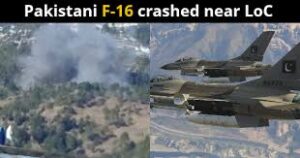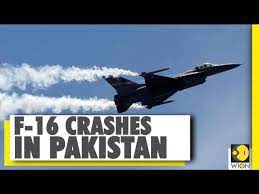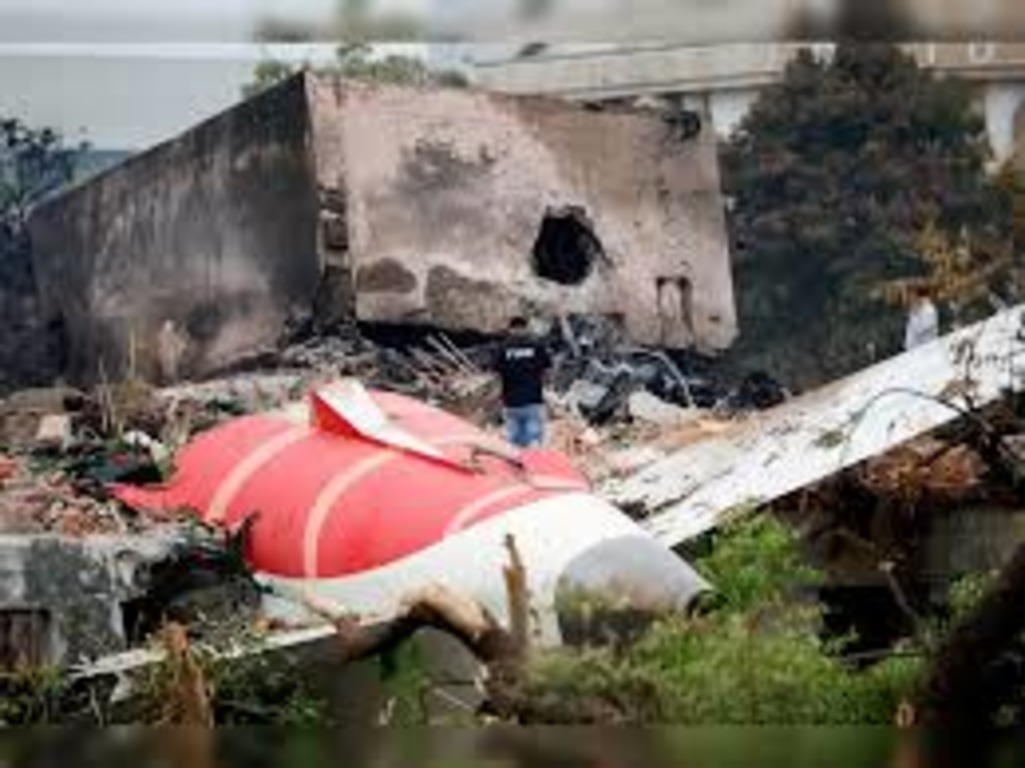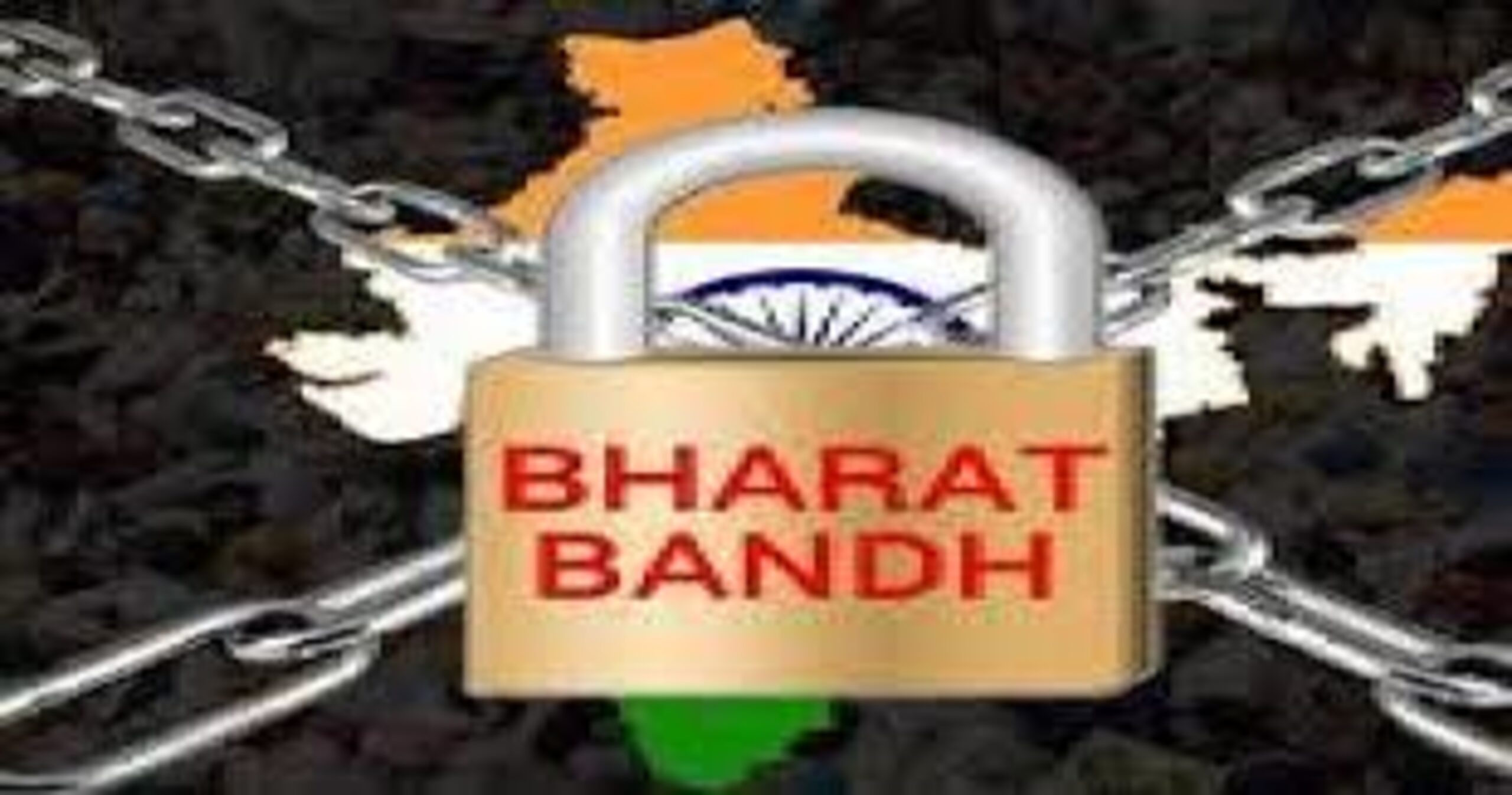
Tension between India and Pakistan took a dramatic turn on May 8, 2025, when the Indian Air Force shot down a Pakistani F-16 fighter jet, capturing Wing Commander Ahmed Khan. This event came to light during India’s “Operation Sindoor.” This operation has put both countries into shock and has caused a bridge of sentiment ranging from pride to outrage.
Fighter Engagements at Peak
This incident began at four o’clock in the morning on May 8, when radars across the Indian border detected a Pakistani F-16 fighter jet crossing their territorial limits. Indian military forces responded quickly with Sukhoi Su-30MKIs and Dassault Rafales, pursuing the plane. Ensuing skirmishes culminated in the IAF’s public claim of the Pakistani jet’s destruction and subsequent recovery of the wreckage from the vicinity of Jaisalmer.
Ahmed Khan, Wing Commander Pilot, ejected from the aircraft and landed within the territories of India. He was captured by Indian Security Forces who subsequently chose to detain him. Eyewitness accounts of the pilot being escorted and blindfolded went viral within no time on social media sites such as X, creating a buzz on both ends. One Indian user posted, “Our IAF has showed Pakistan that we mean business! So proud!” to which a Pakistani user retorted, “This is an assault on our soverignty. Free our pilot now!”
The Context: A Cycle of Retaliation
This latest acquistion is part of a fast paced and ever escalating conflict between India and Pakistan, sparked from a terrorist attack in Pahalgam, Indian occupied Kashmir on 22 April 2025. The assault which claimed the lives of 26 people, most of whom were tourists, was said to have been conducted by Pakistan based terrorist factions which India identified as JeM and LeT. Pakistan on the other hand has denied these accusations terming them as unfounded.
In retaliation, India launched “Operation Sindoor” on May 7, 2025, claiming to target nine purported terrorist locations in Pakistani Punjab and Pakistan-occupied Kashmir (PoK). India’s claims were that the strikes were “focused, measured, and non-escalatory” in nature and only targeted terrorist infrastructure (India Today). However, Pakistan claimed to have suffered heavy civilian casualties with a minimum of 31 civilians, including children, killed and 57 others injured, branding the operation an “act of war” (CNN).
In response, Pakistan carried out drone and missile strikes on Indian military installations, which were intercepted by India’s S-400 air defense systems (India Today). The killing of the F-16 pilot and the capture of Wing Commander Khan occurred during one such engagement in retaliatory strikes, underscoring the inherently unstable situation of the current crisis.
Official reactions continue: A war of words combat verbatim
India’s Ministry of Defence released a statement explaining IAF actions, claiming the Pakistani jet was only intercepted after crossing into Indian airspace. “The capture of the Pakistani pilot is a direct consequence of their aggressive actions and continued support for terrorism,” the statement read. While a capture would suggest some form of hostility, India has guaranteed Wing Commander Khan will be provided all rights under international law and applicable humanitarian treaties which suggests India will honor the Geneva Convention, similar to the stance taken towards Wing Commander Abhinandan Varthaman during his capture by Pakistan in 2019 (BBC).
But Pakistan has slammed the event as a “blatant violation of international law”. The Pakistani Foreign Office has called for the “immediate and safe return” of the pilot while reserving the right to respond appropriately, as they deem fit. Prime Minister Shehbaz Sharif has expressed condemnation of the so-called Indian “provocation” and expressed commitment to defend Pakistan’s sovereignty (Reuters).
Emotional Impact: Honor and Anger
The capture of Wing Commander Khan has stirred deep emotions on both sides of the border. The Swift Action which was taken by the IAF has been praised across India and many civilians have regarded the pilots as heroes. The twittersphere is overflowing with shouts of “nation pride,” with one X post remarking “Our IAF has shown the world that India will not accept any threats. Jai Hind!” However, there is tremendous weariness among the populace bordering Pakistan due to the looming fear of conflict escalation.
In Pakistan this incident has resulted in anger and vengeful outrage. Protests have erupted in other cities too, including Lahore and Karachi with civilians showing up to ‘rescue’ the pilot while simultaneously condemning Indian forces taking over their “sovereign right to dignity.” This protestor’s remark sums the feeling of anger by many Pakistanis “This is an attack on our dignity”. The emotional diress is made worse by the supposed civilian deaths caused by renewed Indian strikes, which already have grieving families and anxious communities.
Global Reaction: A Call for Surrender
The global community has expressed concerns regarding rising conflict around the world. The United Nations Secretary-General reported that it called for the two countries to show restraint and return to discussions. It said that “the world cannot afford another conflict between two nuclear-armed states.” The United States responded through one of their spokespersons from the White House who reported that, “We are closely monitoring the situation and there are indications that further actions could worsen the situation.”
Nobel Peace Prize laureate Malala Yousafzai, who is originally from Pakistan, ordered that there be lesser hate or anger online posting that “Hatred and Violence are our common enemies, not each other” (CNN). She represents those who wish to work towards resolving the crisis.
Historical Parallels: The 2019 Precedent
The seizure of Wing Commander Khan parallels the 2019 episode where Indian pilot Wing Commander Abhinandan Varthaman was taken Prisoner of War (POW) by Pakistan after his MiG-21 was downed during a dogfight and was captured by Paksitan (BBC). Pakistan released Varthaman after two days in captivity as a “goodwill gesture,” a symbolic act that eased spikes in tensions at the time. Whether this situation will receive a similar resolution is uncertain, but this example highlights the opportunity for diplomacy to be effective, even in the most stressful circumstances.
Implications for The Future
The hostage of a Pakistani Pilot adds another dimension of complexity to the situation that is already murky. Both countries continue to be on heightened alert, with military assets stationed along the Military Line and even further from the border. The situation has also brought an interruption to civilian activities, with a temporary suspension of flight activities at Lahore, Karachi, and Sialkot Airports, causing economic ramifications in either side country (BBC).
In the days to come, diplomacy will be important to ensure the situation does not escalate. India showing goodwill and promising to treat the pilot well may enable some bargaining options, but the crucial aspect will be what happens in Pakistan. At this stage, the role of the international community becomes crucial in terms of mediation and encouragement of dialogue considering the amounts that are at risks between two countries that possess nuclear arms.
Summary of Important Milestones
Column
Summary of Important Milestones
Row
Column 1
Column 2
Column 3
Column 4
Row 1
Event
Indian Air force shot down a Pakistani F-16 and took its pilot as a prisoner of war at the area close to Jaisalmer. \
Row 2
Date
On the 8th day of the month of May in the year 2025.
Row 3
Pilot
Wing Commander Ahmed Khan from the Pakistani Air Force.
Row 4
Location
Near Jaisalmer, in the region of Rajasthan, India.
Row 5
Context
In the context of the relations between India and Pakistan after Sindoor and the Pahalgam terror attack.
Row 6
India’s Response
Claims This was a Defensive Move, the pilot will be civilly treated and respected in accordance with International law and conventions.
Row 7
Pakistan’s Response
Condemns this is war moves, asserts that this pilot should in no means be put under control of Pakistan.
Row 8
International Reaction
In response UN, US and others advocates have called for prudence as well as moderation and dialogue.
Row 9
Human Impact
Indian citizens have the perception of India unites them while Pakistani citizens feel outrage pain making them fearful for armed rival __(unclear statement in here from original document)
Fearing for aggressive possible actions from __________Conclusion: A Test of Willpower and Control
The IAF’s bold moves have rubbed salt to the wounds of Pakistan and as a result, Wing Commander Ahmed Khan has continued to serve as a reminder for the continuously strained relationship between India and Pakistan. While India seems to take pride in their IAF, Pakistan is angered and humiliated. Pakistan did not see their humiliation as an isolated incident but with an entire nation aspiring for conflict, it consumes the political motives on both sides filled with airstrikes and counter measures. These are the chains that bind them together. Davidson’s remarks on the delicate balancing act on both sides are brilliantly put. We do wish for all conscientious nations to step in, but only when the two states lose all arms control.





